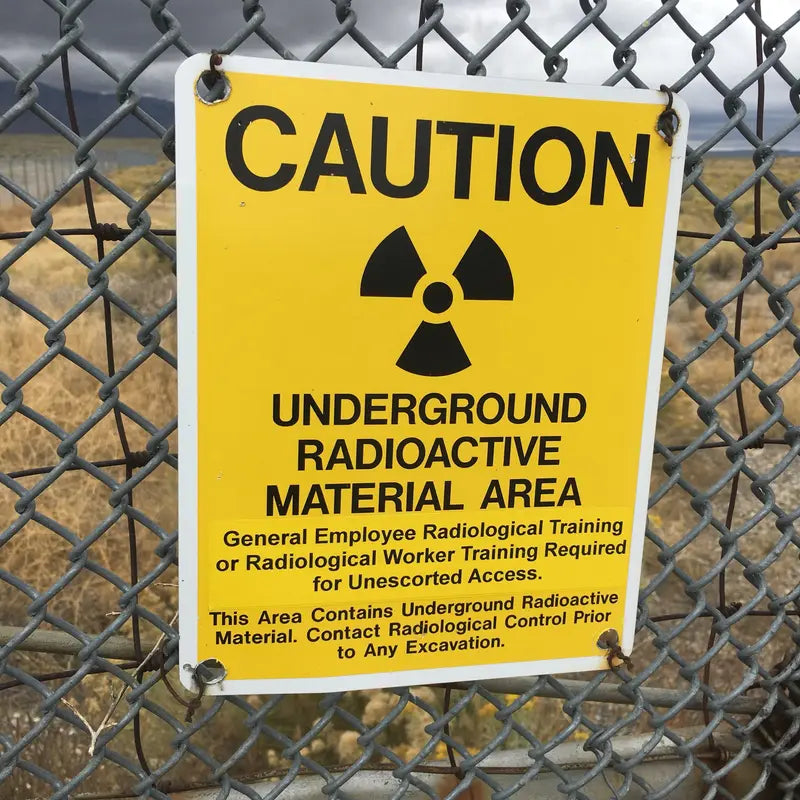Radiation Risks in Affected Areas
Nuclear accidents have long-lasting consequences on the environment, posing risks that persist for decades due to lingering radiation hazards. Events such as the Chernobyl and Fukushima disasters have left surrounding areas contaminated with radioactive materials, exposing visitors to potential health risks. Among the most dangerous types of radiation is gamma radiation, a highly penetrating form that can travel through body tissues, posing serious threats to internal organs and increasing cancer risk. Understanding gamma radiation dangers and the specific hazards in contaminated zones can help individuals make informed decisions on protective measures.
Exposure to radiation in these areas can lead to a range of radiation health effects depending on the exposure level. Low levels of exposure may cause minimal to moderate symptoms, but high exposure can lead to severe health complications like organ damage, genetic mutations, and increased cancer risk. Knowing the potential health impacts of radiation exposure highlights the need for safety measures when visiting such sites.
Using Personal Protection Devices for Safety
To safely navigate nuclear-affected areas, using personal protection devices is essential. Devices like the personal radiation detector Milerd HiStand provide real-time monitoring, allowing visitors to track radiation levels in their surroundings. This helps users identify when they’re nearing hazardous zones, so they can quickly move to safer areas. Portable radiation detectors like the HiStand can measure and log accumulated radiation levels, allowing users to keep exposure within safe limits.
Alongside detection devices, protective gear such as radiation-shielded suits, gloves, and masks is recommended. These barriers minimize direct skin contact with contaminated surfaces and help prevent inhalation or ingestion of radioactive particles. Understanding cumulative dose limits is also crucial; while short-term exposure might be safe within regulated limits, continuous exposure to even moderate levels of gamma radiation can lead to significant health issues. By wearing the appropriate protective gear and monitoring radiation levels, visitors can better manage their exposure.
Proper Clothing and Decontamination Practices
When choosing radiation-protective clothing, it’s important to select materials specifically designed to shield against radiation. Fabrics with dense weaves, metal coatings, or specialized layers can block radioactive particles and offer extra protection. Clothes should cover as much skin as possible, leaving no exposed areas. Even with protective clothing, contaminants may still settle on fabric surfaces, necessitating thorough decontamination practices.
Decontaminating clothing and gear after leaving a high-radiation zone is a critical step. To remove radiation in clothing, external decontamination facilities are often available, using specialized cleaning agents to reduce the risk of bringing radioactive particles back to everyday environments. Some items may need to be safely disposed of, particularly if contaminated with high levels of radiation. For washable items, a deep-clean process with strong detergents can be effective, but it’s essential to follow best practices and handle contaminated items with care to prevent cross-contamination.
Health Monitoring During and After the Visit
Maintaining an awareness of radiation health effects during and after a visit is vital. A personal radiation detector can help track exposure levels and ensure they stay within safe limits. Radiation meters like the Milerd HiStand monitor cumulative doses, which is helpful for visitors spending extended time in the area. Knowing the level of exposure allows for prompt decisions about whether to leave an area to avoid further risk.
After a visit to a nuclear accident zone, health checkups can identify any delayed symptoms of radiation exposure, such as changes in blood cell counts or organ abnormalities. Acute symptoms, including nausea, fatigue, or skin changes, require immediate medical attention. Reducing exposure time, maintaining a safe distance from high-radiation zones, and actively monitoring for health effects can minimize the risks associated with visiting these areas.
Additional Tips for Safe Visits to Nuclear Accident Zones
When visiting affected areas, it’s essential to stay updated on current radiation levels and safety guidelines issued by health and environmental authorities. Many nuclear zones require official permission to enter, and these agencies often provide workplace safety guidelines and personal protection requirements that should be strictly followed.
To further reduce exposure, avoid contact with unknown materials and objects in contaminated zones, as they may harbor high radiation levels. Additionally, researching reliable personal protection devices and understanding how to use them can make a significant difference in reducing health risks.
Stay Informed and Equipped for Safe Visits
In summary, a successful and safe visit to a nuclear accident zone depends on adequate preparation and adherence to protective measures. Devices like the Milerd HiStand provide essential real-time monitoring, helping visitors track their radiation exposure and take action if levels become unsafe. By prioritizing safety, equipping yourself with the right tools, and following established precautions, you can minimize potential health risks and stay protected.



Lasă un comentariu
Acest site este protejat de hCaptcha și hCaptcha. Se aplică Politica de confidențialitate și Condițiile de furnizare a serviciului.